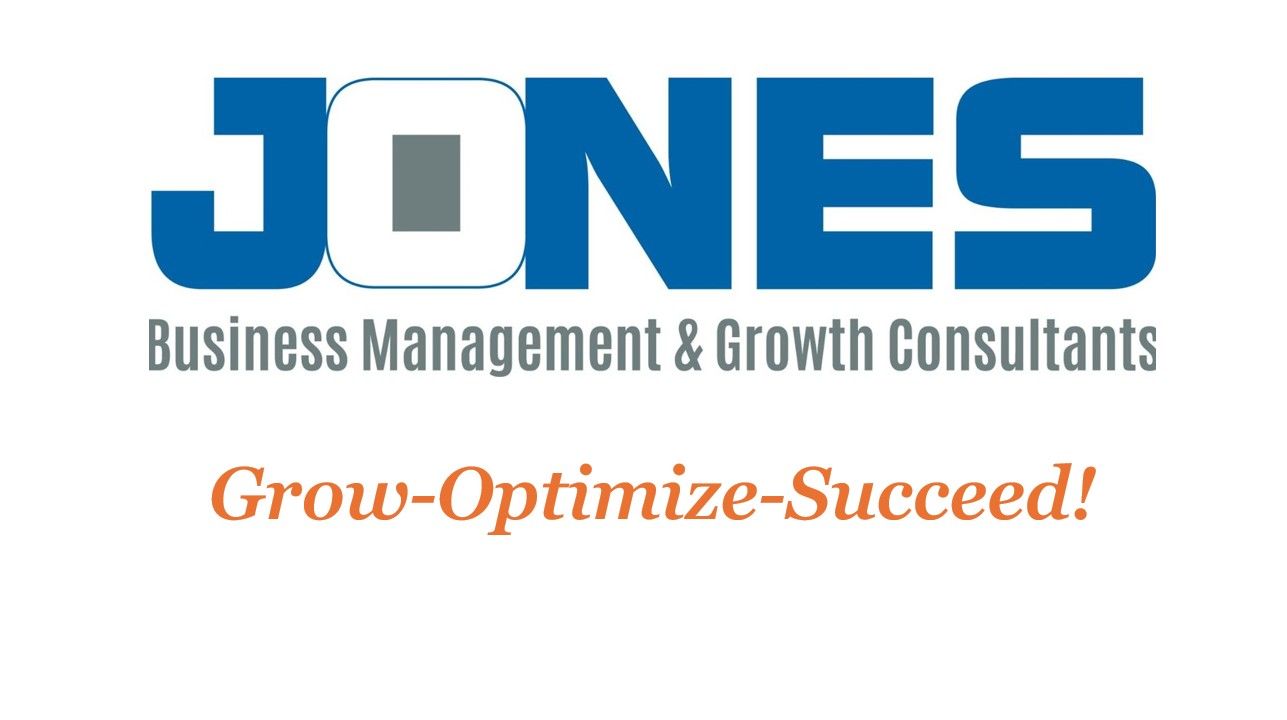Handling Accountability When Things Go Wrong: Turning Failures into Learning Opportunities
How to turn setbacks into opportunities for growth and maintain accountability in the face of failure.

In previous posts, we explored how an Accountability-Driven Culture is essential to preventing organizational failures and ensuring long-term success. But even in the most accountable organizations, things will go wrong at some point. Mistakes are inevitable. What matters most is how we handle them when they occur. Leaders who approach accountability effectively during these moments can turn setbacks into powerful opportunities for growth and improvement.
In this blog, we’ll dive into how to maintain accountability when things go wrong, how to approach failure constructively, and how to ensure that your organization comes out stronger on the other side.
Why Accountability Matters Even More During Failure
It’s easy to talk about accountability when everything is going well, but the real test of an Accountability-Driven Culture is how it handles failure. Without accountability in place, failures often lead to finger-pointing, blame, and erosion of trust. On the other hand, organizations that prioritize accountability during tough times create a culture of resilience and continuous learning.
Here’s why accountability is critical when things go wrong:
- Focuses on Solutions, Not Blame: Accountability helps shift the conversation from “Who is at fault?” to “How can we fix this, and how can we prevent it from happening again?” This forward-thinking approach keeps the organization moving in the right direction.
- Builds Trust Through Transparency: When failures are openly acknowledged and addressed, trust within the organization is strengthened. Employees see that leaders aren’t hiding mistakes or avoiding tough conversations, creating a culture of openness.
- Encourages Growth: Accountability fosters an environment where people can learn from their mistakes. Instead of sweeping failures under the rug or avoiding responsibility, teams and individuals use these moments to grow and improve.
Steps to Handle Accountability When Things Go Wrong
1. Own the Failure Early
The first and most crucial step when things go wrong is for leaders to own the failure early. Whether it’s a small mistake or a significant setback, transparency is key. Acknowledge the failure publicly and accept responsibility for any leadership decisions that contributed to the issue.
- Action: Hold a meeting or send a communication acknowledging the failure as soon as possible. Avoid downplaying the situation, and be honest about what went wrong and why. This sets a tone of openness and trust.
2. Analyze Without Blame
It’s important to analyze what led to the failure without focusing on assigning blame to individuals. The goal should be to understand the root causes and identify gaps in processes or communication that contributed to the problem. This is where humility and an openness to feedback play critical roles.
- Action: Organize a post-mortem or retrospective meeting to discuss the failure in a constructive way. Encourage teams to focus on systemic issues and process improvements, rather than pointing fingers at colleagues.
- Ask questions like: What could we have done differently? Were there signs of trouble that we missed? How can we improve our systems or communication to prevent this type of failure in the future?
3. Communicate a Plan for Improvement
Once you’ve analyzed the failure and identified the root causes, it’s time to create and communicate a plan for improvement. This plan should address the key issues uncovered during the analysis and provide a clear path for corrective action.
- Action: Outline actionable steps that the organization will take to prevent similar failures. This might involve changes in processes, additional training, or improved communication protocols. Ensure that everyone understands their role in implementing these changes.
4. Encourage Individual Accountability
While it’s important to focus on systemic issues, individual accountability should not be ignored. Leaders should encourage employees to take ownership of their role in the failure and reflect on what they could have done differently. However, this should be framed as a learning opportunity, not a punitive measure.
- Action: Encourage team members to reflect on their part in the failure and share lessons learned. Managers can facilitate this through one-on-one meetings or team discussions where employees can openly discuss how they can improve.
- Ask questions like: What did you learn from this experience? How will you adjust your approach moving forward? What resources or support do you need to be more effective?
5. Celebrate the Response, Not Just the Result
It’s essential to celebrate how the team or organization responds to a failure. Success should not only be defined by avoiding mistakes but by how well the team handles adversity and moves forward. This reinforces the idea that accountability is about continuous improvement, not perfection.
- Action: Recognize teams or individuals who showed resilience and leadership in addressing the failure. Publicly acknowledge how they took ownership of the problem, implemented changes, and worked together to overcome the setback.
6. Learn and Move On
After analyzing the failure and implementing changes, it’s important to move on without dwelling on the mistake. Lingering on the failure can create a culture of fear, where people become overly cautious and risk-averse. Instead, encourage teams to take calculated risks and continue innovating, knowing that accountability and learning are prioritized over punishment.
- Action: Create a culture where failures are seen as learning opportunities. Reinforce the idea that taking risks and trying new approaches is necessary for growth, even if things occasionally go wrong.
Turning Failures Into Learning Opportunities
When handled correctly, failures can be some of the most valuable learning opportunities for an organization. Here’s how you can transform setbacks into chances for growth:
- Promote a Growth Mindset: Encourage a mindset where failures are viewed as opportunities for growth, not dead-ends. Remind your team that every mistake offers valuable lessons and insights.
- Document the Lessons Learned: After a failure, it’s important to document what was learned and how processes were improved. This not only serves as a record of growth but also ensures that future teams can benefit from past experiences.
- Encourage Experimentation: Let your team know that failure is an inevitable part of experimentation and innovation. Encourage them to take risks, try new things, and embrace a culture of continuous improvement.
- Create a Feedback Loop: Build systems where regular feedback is given after both successes and failures. This helps teams identify what’s working and what needs to be improved, ensuring ongoing development.
Conclusion: Accountability Through Adversity
Handling accountability when things go wrong is a true test of leadership. By owning failures early, focusing on solutions rather than blame, and using setbacks as opportunities for learning, leaders can foster a culture of resilience and growth. It’s not about avoiding failure altogether, but about how you respond when it happens that makes the difference.
In the next blog, we’ll explore how to create a Feedback Loop to Sustain Accountability within your organization, ensuring that accountability remains at the forefront of your business’s continuous improvement.
#LeadershipLessons
#BusinessGrowth
#ProcessImprovement
#CascadingFailures
#AccountabilityMatters
#OrganizationalSuccess
#BusinessStrategy
#FailurePrevention
#TeamworkAndAccountability
#ContinuousImprovement

















